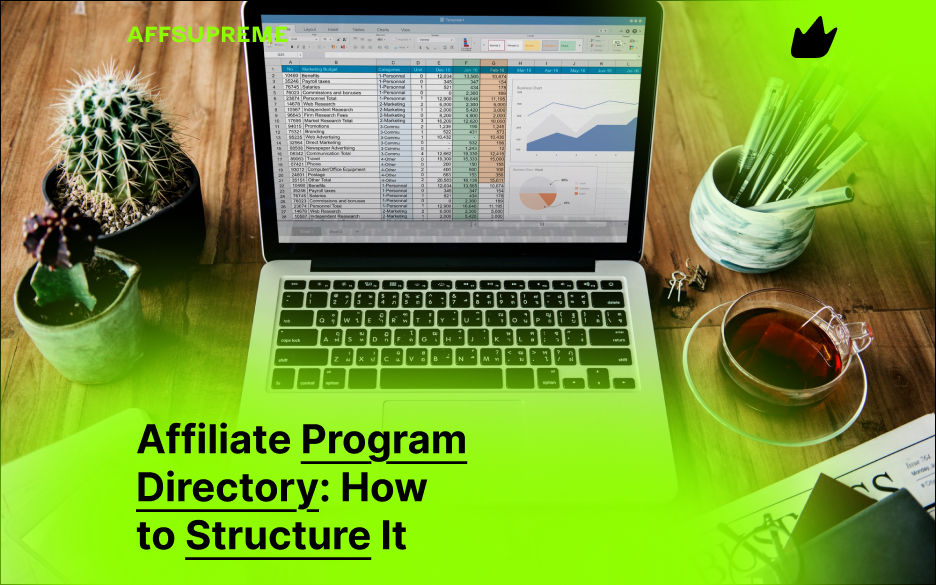Affiliate marketing is a rapidly growing industry, and with it comes the need for properly structured affiliate program directories. Whether you’re building a niche website, blog, or large-scale affiliate platform, the way you organize your directory directly affects SEO, user experience, and overall performance.
In this article, you’ll learn how to structure your affiliate program directory to maximize both visibility and conversions.
What Is an Affiliate Program Directory?
An affiliate program directory is a curated catalog of affiliate programs, grouped based on industry, commission model, or platform type. It helps users find, compare, and join affiliate programs that align with their audience or business model.
Depending on your strategy, the directory can be niche-specific, broad, or focused on certain payout models.
Key Components of a Well-Structured Directory
1. Clear Categorization
Organize affiliate programs based on logical groupings such as:
-
Industry or niche
-
Type of commission (CPA, CPL, RevShare, Hybrid)
-
Type of platform (in-house program or affiliate network)
Use clean, SEO-friendly URL structures that reflect the hierarchy of your content.
2. Filter and Search Functionality
Implement filters to help users find relevant programs based on:
-
Commission type
-
Minimum payout
-
Supported regions or countries
-
Cookie duration
-
Popularity or rating
This improves usability and increases on-site engagement — both critical for SEO.
3. Individual Pages for Each Affiliate Program
Each program listed in your directory should have a dedicated landing page including:
-
Program description
-
Key benefits and payout structure
-
Affiliate sign-up link
-
Visual elements such as logos or banners
-
Reviews or user ratings
Consider using structured data (e.g., Schema.org markup) to enhance visibility in search engine results.
SEO Best Practices for Your Directory
Optimize Metadata
Every page should have a unique and keyword-rich title tag and meta description to increase click-through rates and improve rankings.
Use Internal Linking
Link between:
-
Related affiliate programs
-
Category pages
-
Blog posts or comparison guides
This helps both search engines and users navigate your content more efficiently.
Improve Page Speed and Mobile Experience
Ensure your directory loads quickly and is fully responsive on all devices. Performance and mobile usability are important ranking factors.
Include User-Generated Content
Enable reviews, ratings, or testimonials from users to add trust, freshness, and depth to your pages — all of which are favorable for SEO.
Additional Monetization Options
Beyond affiliate commissions, a directory can generate revenue through:
-
Sponsored placements or premium listings
-
On-site advertising
-
Email marketing with affiliate offers
-
Selling leads or directory data to networks or SaaS providers
Suggested Directory Structure
A clean and logical site structure is essential. It may include:
-
Homepage for the directory
-
Main categories (based on niche or business model)
-
Subcategories (based on commission types or networks)
-
Individual affiliate program pages
-
Supporting content (guides, blog articles, reviews)
This structure supports both user navigation and search engine indexing.
Conclusion
A well-structured affiliate program directory is more than just a list — it’s a powerful SEO and monetization asset. With the right categorization, technical setup, and content strategy, your directory can become a high-ranking, high-converting platform for affiliate marketers.
If you’re planning to launch or improve your directory, start with a clear structure, optimize each page for search, and provide real value to users. The results will follow.


